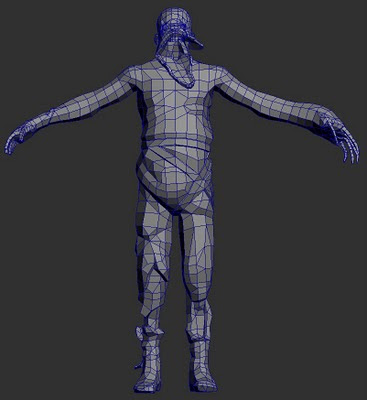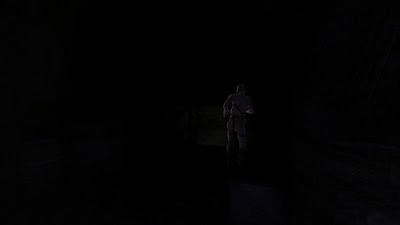 One thing I have been thinking about recently, is the direction in which the indie game scene seems to be heading. This is something that can be seen in upcoming of games, various talks, articles and what is considered the largest recent successes. It is a direction that might have large consequences for the future of the medium.
One thing I have been thinking about recently, is the direction in which the indie game scene seems to be heading. This is something that can be seen in upcoming of games, various talks, articles and what is considered the largest recent successes. It is a direction that might have large consequences for the future of the medium.Quickly summed up, there is a strong design trend of making games by iterating and extending a fun core gameplay mechanic. This is then incorporated to a game with heavy emphasis on re-playability and/or ease to make levels. The main perks of this approach being that the game becomes more fun to create (as you can have fun at a very early stage), it makes it easier to home in on a "fun" core and allows for an early beta to be released (thus allowing feedback and income to trickle in before completion). This is of course a rough outline of the trend, but I still think it represent the main gist of where the industry of indie game development is heading.
Designing a game like this is of course perfectly fine. It makes sense financially and personally. By having a game where the fun comes in at a very early stage, it is much easier to discard bad ideas and figure out the best way to do things. Getting some kind of income before completion can be crucial for a start-up company, which is much easier when having an early playable version. Betas/alphas also help building a community and spreading the word. On the personal side, motivation comes a lot easier when almost every added feature add something to the gameplay and change is easily tracked. This can make up for other not so motivational aspects of being an indie (low income, non-existing security, bad working conditions, and so on and so forth). Summed up, making games like this make a lot of sense and it is not strange that it is a wide-spread trend.
However, what troubles me is that this kind of development is seen by most as THE way to design a game. While of course many great videos games can (and have!) come out of this manner of creation, it is not the only way to go about. I believe that doing games this way makes it impossible to do certain type of video games and to expand the medium in a way that I personally think is the most exciting. Because of the focus on instant gratification, gameplay will pull towards a local maximum and only take short term value into account. This disqualifies videogames that focus on more holistic experiences or has a non-trivial pay off (for instance, lowlevel gameplay that only becomes engaging in a certain higher-level context).
As an example of this, after finalizing the basic mechanics, it took six months before Amnesia: The Dark Descent became a somewhat engaging experience. Note that this time was not spend on perfecting the mechanics but on building the world in which they existed. Without the proper context, Amnesia's core mechanics are quite boring and it took additional layers, such as the sound-scape, high fidelity graphics, etc, to bring it home. With this I am not saying that Amnesia is the way forward for the medium. I am simply saying that a videogame like Amnesia could not have been made using the type of development that a large chunk of the indie scene (and mainstream for that matter too) is currently advocating!
Another thing that has also struck me is how many people that are interested in videogames with experiences not solely focused on a fun core. For example at GDC, we met many people, from many different places in the industry, saying how much they liked the game because of its non-gamey aspects. Also, most of the random people that we "dragged" in to the booth were very interested in this kind of experience and often surprised that videogames like Amnesia even existed. We have also seen this kind of response across the Internet, with many people wishing there were more games focusing on these aspects. Again, I am not saying that this means Amnesia is some candle bearer into the future. What I am saying is that there was an overwhelmingly positive attitude towards the kind of games where a fun core mechanic was not the focus.
However, because the current trend of developing games, this potential market will most likely go without many games.
A positive consequence of this is that it creates a potentially very profitable niche with almost no competition. So while the preferred way of making games might be more secure, these projects will be launched in an extremely competitive environment. I think this evens out some (all?) of the risks involved in a development not focused on quickly iterating fun mechanics.
A negative, possible devastating, consequence is that the lack of these kinds of video games might remove the market altogether (or at least limit it to a very niche one). What I mean here is that if the general population's view on view games is that they are just about "cheap thrills", people will never bother looking for anything else. Thus most people who would have been interested in more holistic video games, will never be exposed to them. In a worst case scenario, this would mean that these kind of game will pretty much be stopped being made.
I consider this is something worth thinking about and believe the critical cross road will come very soon. The video games we decide to make today, will shape the future for quite some time.
End note: For those wonder what other ways of designing games there might exist, check this post as a starter.















